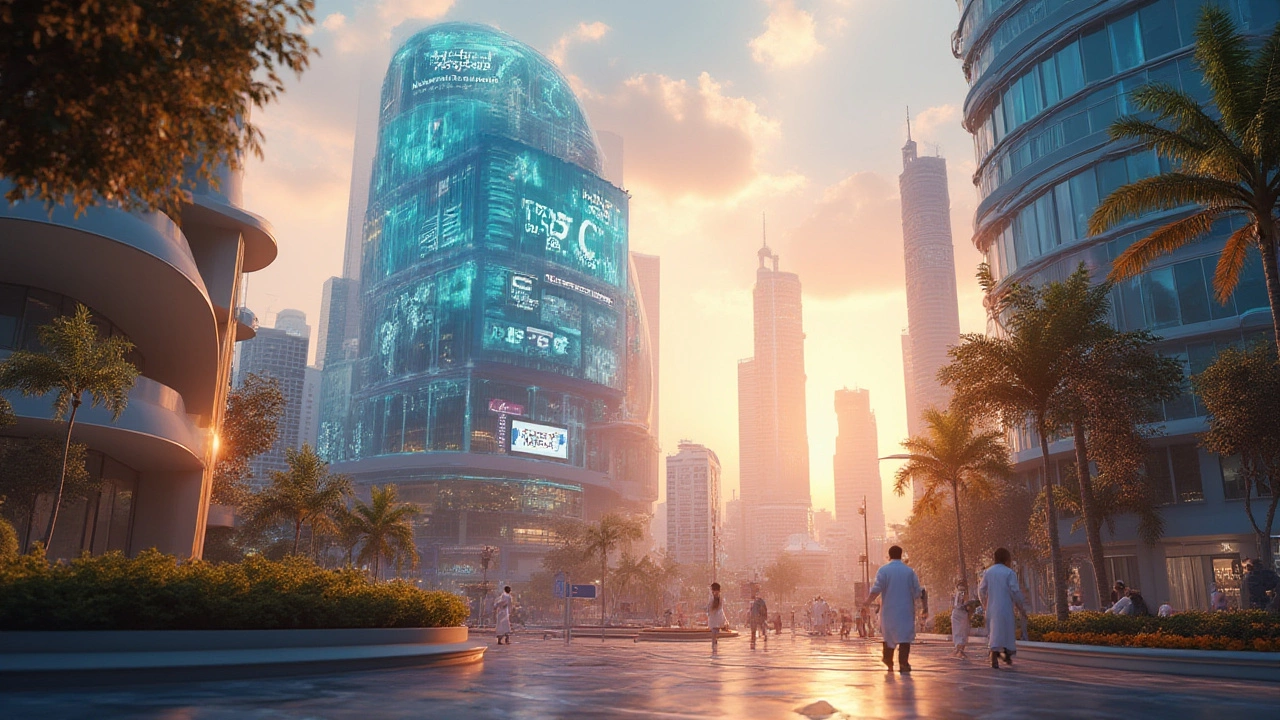Indian Pharma Industry: What’s Driving Its Global Power?
India makes a huge slice of the world’s medicines, and most people don’t realize how that happened. Cheap labor, massive production capacity, and a regulatory system that encourages generic drugs all line up to give India a clear advantage. If you’re curious about why you see “Made in India” on so many pill bottles, you’re in the right place.
Cost, Scale and Skills – The Triple Advantage
The first thing to notice is cost. Labor rates in India are far lower than in the US or Europe, and the country has built massive, modern factories that can churn out millions of tablets a day. That scale drives down per‑unit cost, letting Indian firms sell generic medicines at prices that even the poorest markets can afford.
But low cost alone isn’t enough. India invested heavily in pharmaceutical education over the past few decades. Universities churn out chemists, engineers and quality‑control experts who understand the nuances of drug manufacturing. This skilled workforce means factories can meet strict quality standards while keeping expenses low.
Regulation, Quality and the 2025 Outlook
Regulatory support plays a big role too. The Indian drug authority aligns its guidelines with major markets like the US FDA and the European Medicines Agency. This makes it easier for Indian plants to get approvals for export. At the same time, companies are tightening quality checks to avoid the occasional scandal that can hurt the whole sector’s reputation.
Looking ahead to 2025, the industry is set to grow even faster. Demand for affordable medicines is rising in Africa, Latin America and Southeast Asia, and Indian firms are already signing long‑term supply contracts. New technology – such as continuous manufacturing and AI‑driven process control – is being adopted to boost efficiency and reduce waste.
Another trend worth watching is the push for domestic API (active pharmaceutical ingredient) production. Right now, many Indian manufacturers import APIs from China, which creates a supply‑chain risk. The government’s “Make in India” push is encouraging local API plants, which could make the whole ecosystem more resilient.
All these factors combine to create a robust growth story. By 2025, analysts expect India to account for over 20% of the global generic drug market, up from roughly 13% today. That translates into more jobs, higher export earnings, and a stronger voice in international health policy.
If you’re a supplier, investor or job seeker, the Indian pharma scene offers real opportunities. Whether you want to source affordable medicines, partner on new drug development, or tap into a fast‑growing market, understanding the cost, scale and regulatory dynamics is the first step.
So, the next time you see a cheap, high‑quality tablet, remember it’s likely the result of India’s unique blend of low‑cost manufacturing, skilled talent and a regulatory framework that’s built for global trade.

Richest Pharma Company in India: Top Players, Revenue, and Growth
Explore which company leads India's pharma sector, uncovering revenues, rivals, business models, and facts that show why India is a global pharmaceutical powerhouse.
